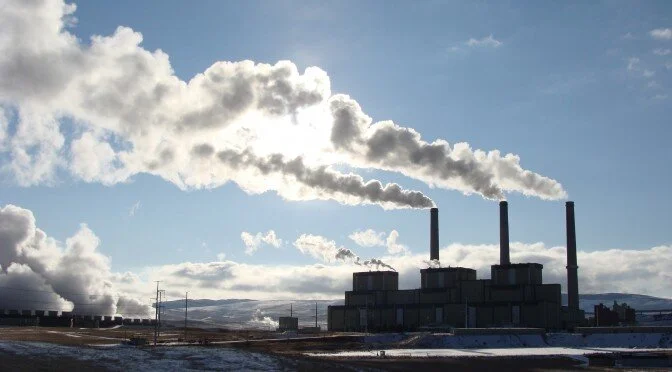Legal Foundations for New Carbon Pollution Standards Outlined
The Environmental Protection Agency (EPA) is currently developing carbon pollution reduction standards for new and existing power plants that will be implemented under the Clean Air Act as part of President Obama’s Climate Action Plan. According to the Environmental Defense Fund (EDF), “fossil fuel lawyers are attacking the standards, saying that the EPA does not have the authority under the Clean Air Act to establish any actual limits on carbon pollution. If the EPA does have that authority, there are no demonstrated measures to reduce carbon pollution from power plants, so any required emission reductions must at most be ‘minimal.'”
In objection to these statements, the EDF released a white paper, Section 111(d) of the Clean Air Act: The Legal Foundation for Strong, Flexible and Cost-Effective Carbon Pollution Standards for Existing Power Plants, describing the legal foundations for the EPA to work with states to reduce carbon emissions for existing power plants.
The Carbon Pollution Standards for new and existing power plants are under two frameworks within the Clean Air Act: Sections 111(b) and 111(d). Section 111(b) lists the stationary sources that contribute dangerous air pollutants, as well as establishing standards for carbon emissions from new sources. Section 111(d) directs the development of emission standards for the pollutants listed in Section 111(b) and must be applied to “any existing source” of air pollution.
According to the white paper, the state and federal government will collaborate to implement Section 111(d). The EPA determines the “best system of emission reduction” for specific pollutants. The state then has the flexibility to determine which solutions will work the best in their state by implementing the EPA’s plans for emission reduction or by creating plans locally. Section 111(d) gives the EPA full authority to oversee state compliance. If the state is not meeting or exceeding emission guidelines, the EPA will develop and implement its own emission reduction plan.
Learn more by reading the EDF’s white paper or by visiting the EPA’s website. The EPA will also be accepting comments on the Carbon Pollution Standards plan until November 18th, 2013.

